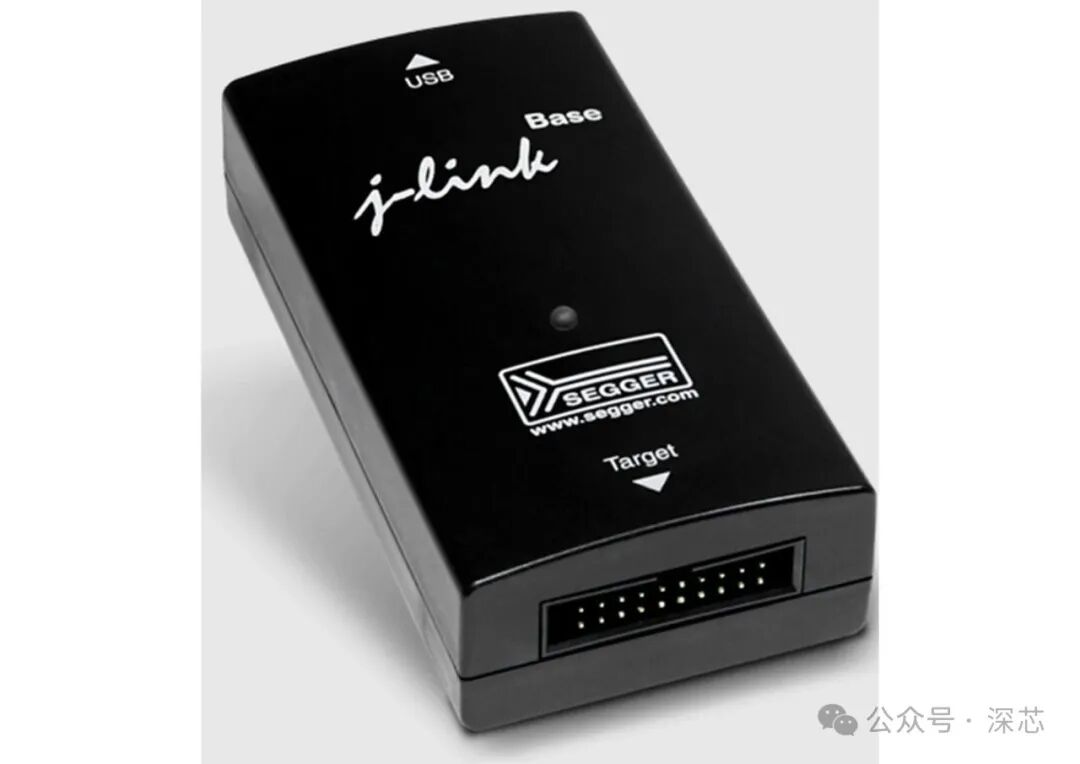J-Link is a multifunctional debugger and emulator launched by SEGGER, widely used in the field of embedded system development. Although J-Link supports scripts (.jlinkscript) for automating firmware programming, batch testing, and hardware status verification, it cannot process some test data. Due to Python’s extensive data processing libraries, combining J-Link’s automation scripts with Python is very helpful for automated testing. Python has a dedicated library to control J-Link, namely pylink-square, which supports most J-Link commands. Let’s explore the usage of pylink.
Due to Python’s extensive data processing libraries, combining J-Link’s automation scripts with Python is very helpful for automated testing. Python has a dedicated library to control J-Link, namely pylink-square, which supports most J-Link commands. Let’s explore the usage of pylink.
- Installation
pip install pylink-square
jlink = pylink.JLink()# Get the serial number of J-Linkpjlist = jlink.connected_emulators()for item in pjlist: SN = item.SerialNumberjlink.open(str(SN))jlink.set_tif(pylink.enums.JLinkInterfaces.SWD) # Set communication interface to SWD or JTAGjlink.connect('M4') # Set the connected chip, for some less common chips, use the core modeljlink.set_speed(2000) # Set communication speed to 2Mjlink.memory_read32(0x0, 1) # Read memory, note that the returned data type is listjlink.memory_write32(reg, write_data) # Configure register, note that write_data needs to be of list typejlink.flash_file('bin_file.bin', addr) # Program bin file to SRAMCommon Errors:When using pylink, the following error often occurs:
# Error as follows:# line 295, in init raise TypeError('Expected to be given a valid DLL.')Solution: Add the installation path of J-Link to the environment variables.